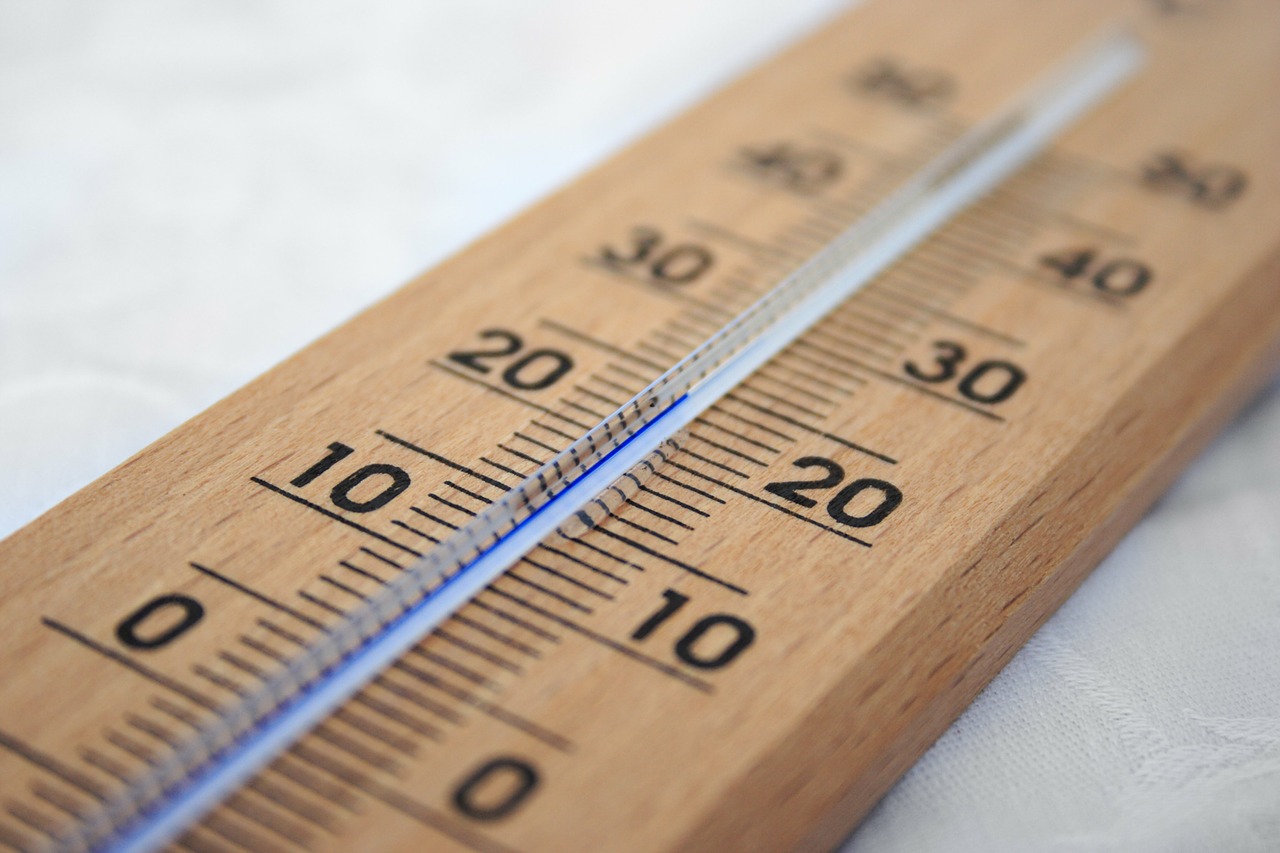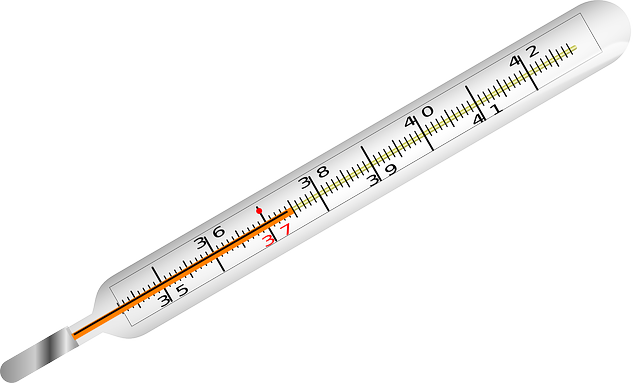How is the temperature scale determined?
We know that how many degrees a thermometer can measure an object’s temperature, but how has the temperature scale indicated on the thermometer been determined?
The first person to set the temperature scale was the German physicist, Fahrenheit. He took the temperature at two points – the melting ice and boiling water, made two basic points, and then graduated on the mercury. He divided the distance between two temperature points into 180 small lines on the mercury column, each of which was 1 degree. It is Fahrenheit, expressed in “F.” However, he did not set the melting point to 0 ° F, but 32 ° F, so the boiling point of water was 212 ° F. Currently, the Fahrenheit temperature scale is still used in countries and regions such as the United Kingdom, North America, Oceania, South Africa, etc.
The second method of determining the temperature scale was proposed by the Swedish astronomer Celsius in 1742. The thermometer and the two basic temperature points he chose to use were the same as Fahrenheit, which remained the melting and melting points boiling water. Still, Celsius divides the mercury column evenly into 100 lines, each of which is 1 ° C. He set the ice’s melting point to 0 ° C, so the boiling point of water was 100 ° C. The Celsius temperature scale is more convenient to use than the Fahrenheit temperature scale. Currently, most countries in the world use this type of temperature scale.

The third way of determining the temperature scale was made by the British physicist Thomson (i.e., Lord Kelvin) in 1848. It was a type of temperature scale that had nothing to do with thermal matter properties and the type of thermometer, called the thermodynamic temperature scale. Its unit is kelvin, using K to denote. The International Congress of Measurement 11th class in 1960 stipulates that the thermodynamic temperature scale selects the three-phase (or three-state) point of water: the temperature of 273.15 K when ice, water, and steam coexist as a starting point for measuring temperatures.
The thermodynamic temperature scale and the Celsius temperature scale do not differ substantially since the distances of each one of them are equal. The temperature distance that 1 K denotes is equal to a distance of 1 ° C. There is only a difference in the way the temperature is calculated. They only differ by a constant, that is, 273.15.




